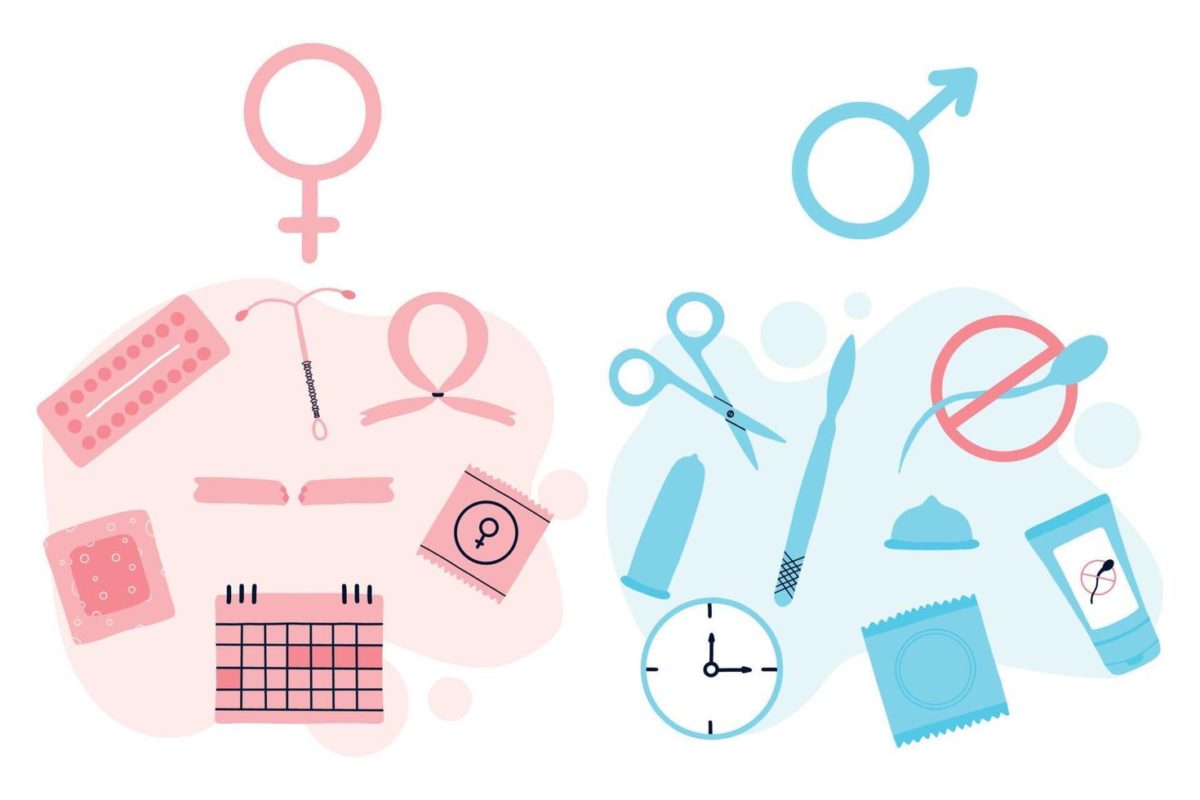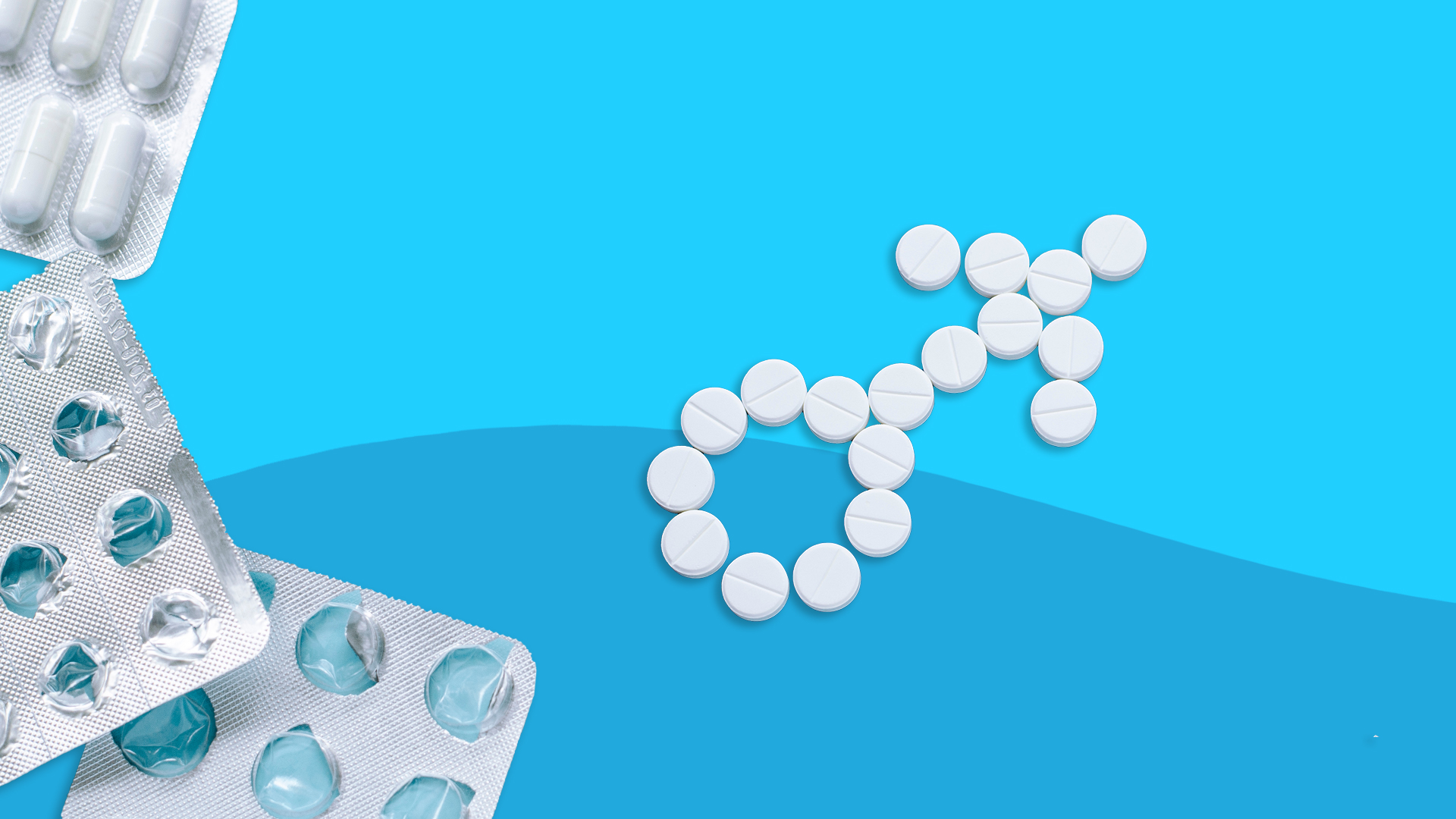World Contraception Day 2022 is observed on September 26 to spread awareness about contraceptive methods. The goal of the day is to increase public understanding of contraception.
This campaign aims to increase knowledge of birth control options so that women and their partners can make an educated choice about their reproductive health.

What’s new in contraception?
The latest and greatest in contraception includes new nonhormonal intrauterine devices (IUDs) and male birth control, discussed during a presentation on updates in contraception at the 2022 American College of Obstetricians and Gynecologists’ Annual Clinical & Scientific Meeting held in San Diego, California from May 6-8.
This includes Mirena (levonorgestrel-releasing intrauterine system; Bayer), which was approved to prevent pregnancy for up to 7 years by the FDA on August 11, 2021. Previously, Mirena was approved for use for up to 6 years. The approval was based on the Mirena Extension Trial, a multicenter study investigating the efficacy of preventing pregnancy, as well as treating heavy menstrual bleeding. Bayer plans on seeking approval for use for up 8 years.
Another IUD that was recently given approval for extended use is Liletta (levonorgestrel-releasing intrauterine system; AbbVie and Medicines360), which is now approved for up to 6 years and is expected to see a 7-year approval relatively soon. (https://www.contemporaryobgyn.net/)
Latest in contraception:
Phexxi (lactic acid, citric acid, potassium bicarbonate; Evofem Biosciences), a vaginal pH modulator gel that is used within an hour before sex. Sometimes insurance will cover it, but typically it costs $300 per 12-count box, equalizing out to roughly $25 per syringe. Additionally, Phexxi demonstrated 86% efficacy with typical use.
Nextstellis (drospirenone and estetrol tablets; Mayne Pharma) is another newly available contraceptive that was approved in April 2021. Drospirenone and estetrol is a new type of estrogen that is being labeled as a native estrogen with selective action in tissues, or NEST.
Some of the “game-changing” qualities of Nextstellis include a half-life of 28 hours, a reduction of impact on hemostasis parameters, and a minimal first-pass metabolism. It is also currently being studied for multiple uses in reproductive health including hormone replacement therapy and menopause. However, Nextstellis does have a black box warning for smokers over the age of 35 for increased risk of cardiovascular events.
Next, Annovera (segesterone acetate and ethinyl estradiol vaginal system; TherapeuticsMD) was approved by the FDA in 2018. Patients will use the same ring every month for a year, leaving the ring in for 3 weeks and then leaving it out for 1 week, this will be repeated for 13 cycles. The benefits of using Annovera are that it does not require refrigeration, the ring is thicker than the current ring on the market, and studies demonstrated 97.3% efficacy in preventing pregnancy.
Slynd (drospirenone; Exeltis) is a progestin-only pill approved by the FDA in 2019. It works by suppressing ovulation, while the current norethindrone pill works by thickening cervical mucus. This pill is a 24/4 regimen of drospirenone 4 mg/placebo with a half-life of 30 hours and in trials showed to be a longer-acting progestin than norethindrone. Morrell also mentioned a study that evaluated women missing the pill and found that even with multiple intentional 24-hour delays in tablet intake, ovulation suppression was still maintained.
Twirla (levonorgestrel and ethinyl estradiol transdermal system; Agile Therapeutics) is a patch that was approved by the FDA in February 2022. It has the same schedule as the current patch on the market (1 patch per week for 3 weeks, and then 1 week without). However, it contains a lower daily amount of released estrogen than the current patch (30 mcg vs 35 mcg).
About Male Contraception
There is an emerging market for male contraception. Two are currently being studied: a gel and a pill.
The gel consists of progesterone and testosterone, it is rubbed onto the chest or shoulders daily. It works by turning off sperm production with progesterone and uses testosterone to counterbalance the loss of libido associated with progesterone.

A non-hormonal pill is also being studied in mice. In those trials, male mice were given the pill orally for 4 weeks. The pill works by targeting the protein retinoic acid receptor alpha (RAR-α). The study demonstrated a drastic reduction in sperm count in the male mice and was 99% effective in preventing pregnancy with no observable side effects. Additionally, after receiving the compound, the mice could father pups within 4-6 weeks. The study authors expect human trials to start in 2022.
Disclaimer
The Content is not intended to be a substitute for professional medical advice, diagnosis, or treatment. Always seek the advice of your physician or other qualified health provider with any questions you may have regarding a medical condition.